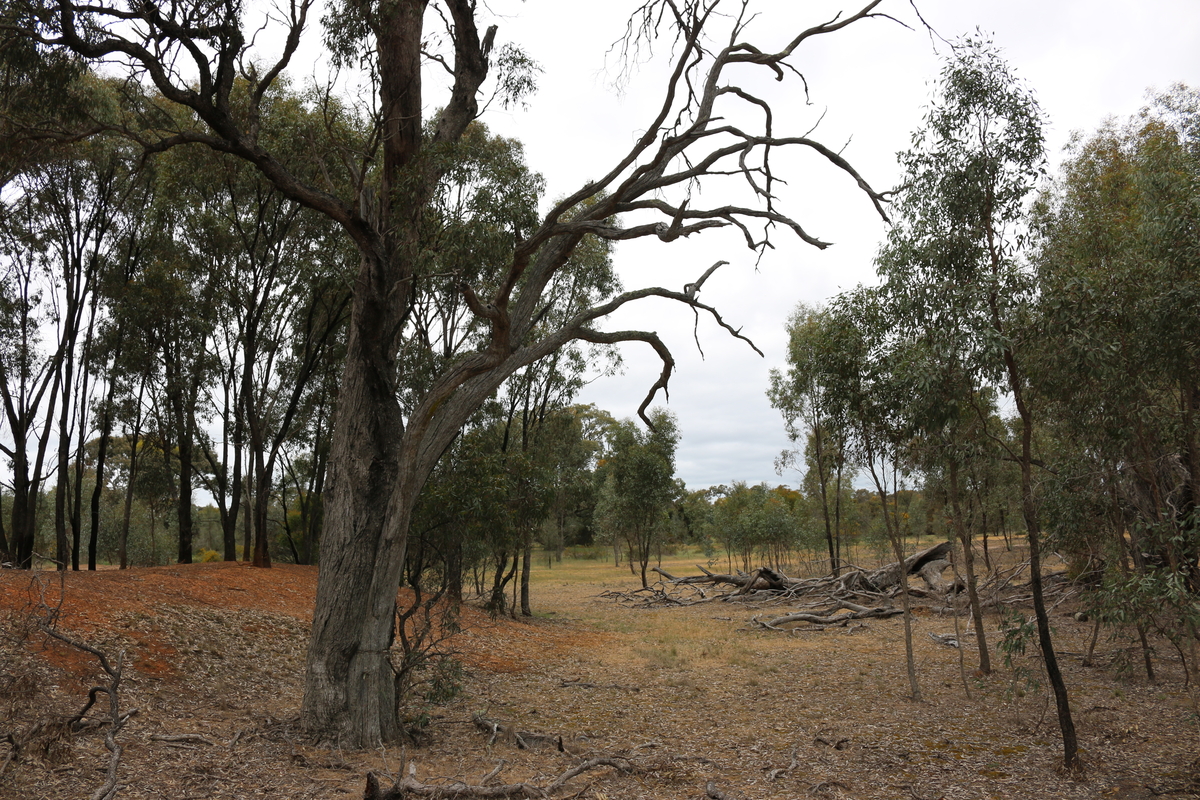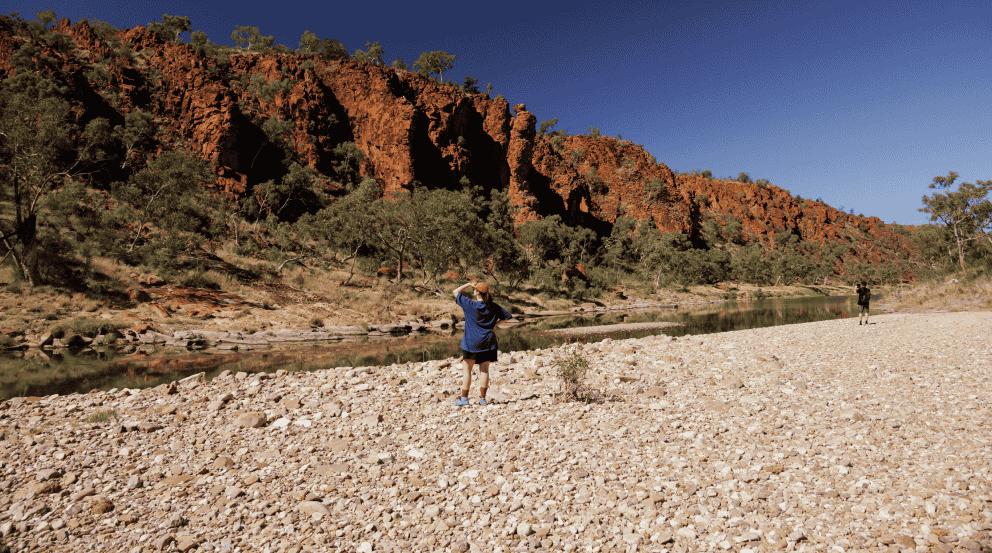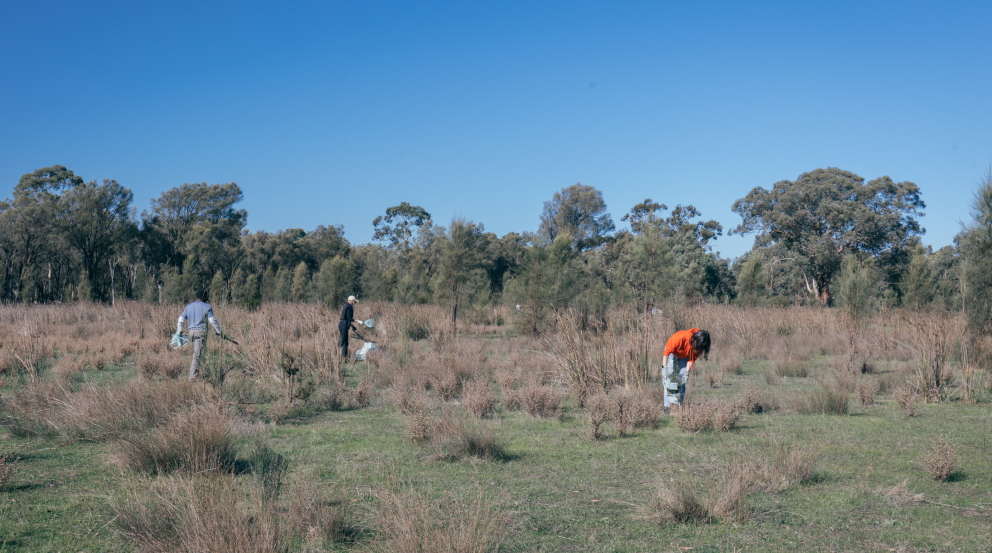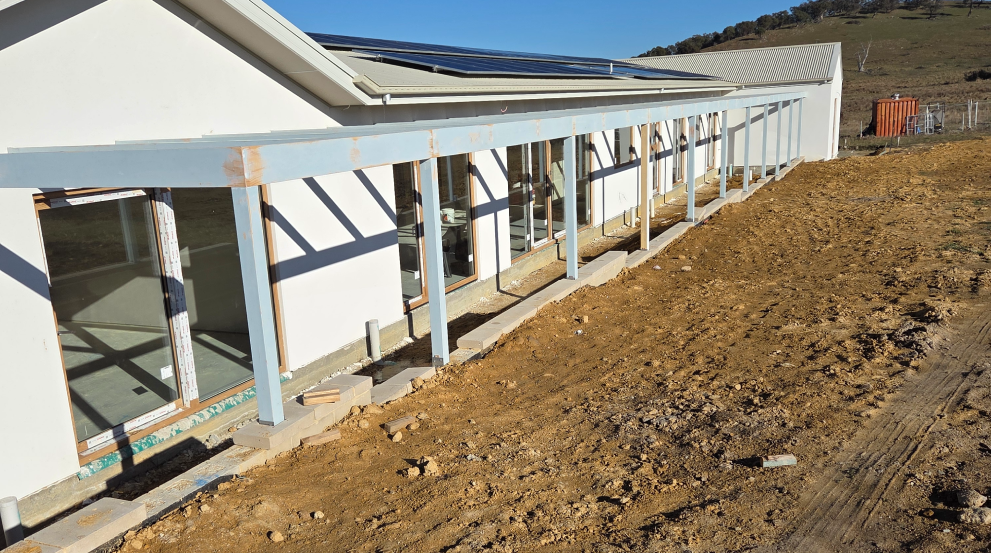For over two decades, Barossa Wildlife Rescue (BWR) has been helping animals in need. We recently dropped into the organisation’s HQ to check out their ‘possum palaces’, proudly supported by a Bank Australia 2023 community customer grant, that improve the outcomes and quality of life for possums that come into their care.
It’s a warm spring day when we visit Barossa Wildlife Rescue’s Lyndoch HQ, in rural South Australia.
We walk into a living room where everything seems calm. Ordinary, even. But upon closer inspection, we realise we’re sharing the space with about ten different animals: two tawny frogmouths sharing a nest, a joey kangaroo curled up cosily in a bag hanging off a cupboard door, baby ringtail possums staring at us wide-eyed from crates, and a curious owl in a shoebox, whose eyes keenly follow our every move.

For us, it’s a marvel. But it’s just a normal day for Rose Brooks, BWR’s notoriously camera-shy founder, who is busily tending to the resident animals during our visit. Rose started looking after injured wildlife in her backyard about 20 years ago. Over time, she built a network of like-minded people to support her mission.
Now, BWR has an active volunteer base of around 50 people. They rescue over 800 native Australian animals a year, and they’re normally the first (and often only) port of call when members of the public, vets, and local councils come across wildlife in need. And yes, it’s still run out of Rose’s home.

While demand for services has grown, the cause has remained the same: “We exist because we love animals,” says Sheree Venter, a BWR wildlife carer.
Most of the animals at BWR HQ have been either orphaned or injured, and need support to reach a point where they can survive independently. “It’s almost always as a result of animal-human interaction, and also some natural weather-related things,” says Sheree, citing car accidents, harm from domestic animals, parental abandonment due to environmental stressors and burns from hot tin roofs as reasons animals arrive in their care. Animals rehabilitate at BWR for anywhere between a few days and up to four months, before they're released back into the wild.

A few years ago, when Rose reached her mental and financial capacity, BWR established itself as an independent association, and chose to bank with Bank Australia. “Bank Australia aligns with our values of conservation and taking responsibility for the impacts of our actions,” Sheree says. “We’re conscious about how even small choices, like who we bank with, can have a major impact on the world around us.”
They found out about Bank Australia’s community customer grants through a bank email, and decided to apply. With a number of ambitious projects on the go falling outside of their business-as-usual financial scope, a consensus was reached: the most pressing issue was their possum enclosures.

“We were reaching a crisis point with our aviary infrastructure,” says Sheree. “They were old, small, and mostly assembled from ad hoc donated spare parts. They were in need of constant repairs, and weren’t very safe for our animals or volunteers. They weren’t fit for purpose, but without the resources to replace them, we were at a bit of a loose end.”
BWR was over the moon to successfully secure Bank Australia grant funding. “It’s allowed us to essentially tear out the old aviaries and install brand new ones that are – in a word – perfect,” Sheree says. The ‘possum palaces’, as they’re affectionately known, are around three to four times the size of the old aviaries. They have full-sized doors, easy-access spots to swap out food without disturbing the animals, and were sourced from a local, family-owned business.

The aviaries provide a much better quality of life for the seven possums in permanent care (that can’t be released back into the wild for a range of reasons), as well as the temporary possum visitors that require rehabilitation. “It means they’ve got space to climb and explore, which will prepare them much better for release and increase their chances of survival,” Sheree says. “We’re now providing that gold-standard of care.”
When we head outside, the site is buzzing with activity in the shade of the overhead gum trees. Around a dozen people are constructing the possum palaces, including volunteers from local winery, Treasury Wine Estates. It’s a clear demonstration of the abundance of community spirit that helps BWR thrive.

“We have this great caring culture in the organisation,” Sheree says. “We care for our animals, but we also care for each other. It's honestly a privilege to work with wildlife like this. Our local wildlife is so incredibly precious and valuable, and we have a duty to protect them as much as we can.”
Learn more about Bank Australia’s community customer grants.








